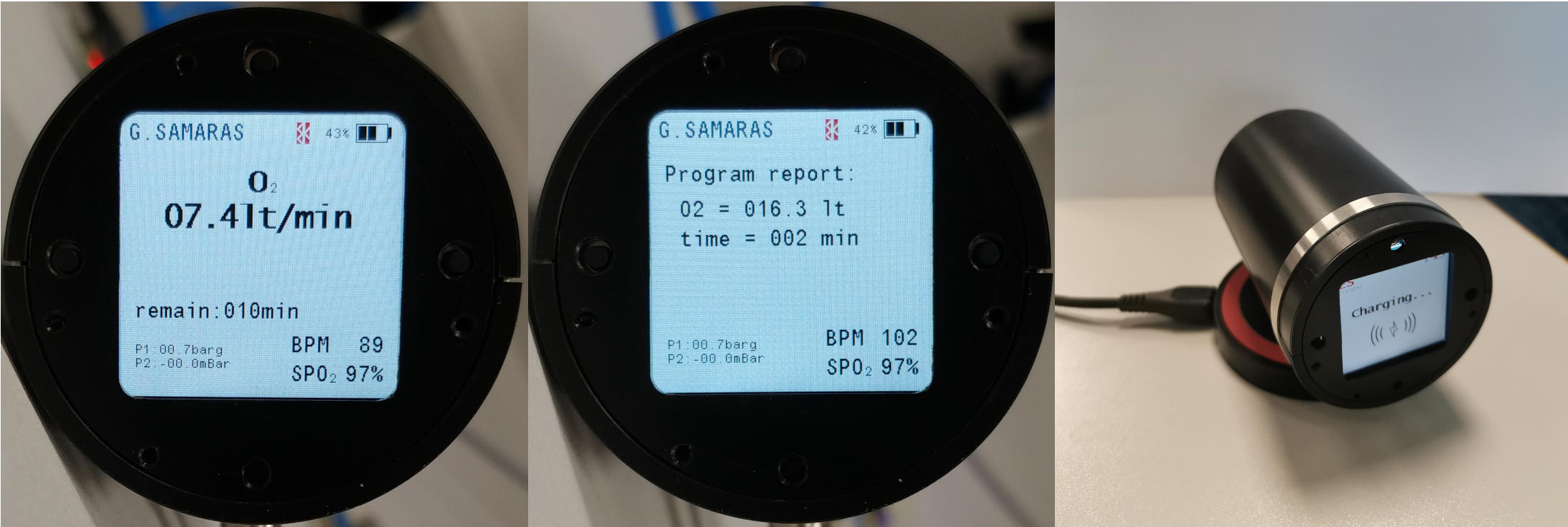Methodology
For the correct and timely implementation the project is structured through 3 distinct and successive phases applying the stage gate methodology for risk reduction.
1st phase
Market study and analysis in which systematic data collection will be done by potential users of health units. Competitive products will be analyzed, the plethora of which is based on outdated technologies that do not offer added value through their smart operation. There is currently a market gap for this smart oxygen supply control sensor. The characteristics of the existing oxygen supply modulation systems will be studied and through the trade-off analysis process for the applications of interest the architecture of the sensor system and its general specifications will emerge. Further analysis will lead to the extraction of specifications for the individual building materials of the system, ie for the MEMS sensor, the data processing & management subsystem, the oxygen supply control subsystem, the energy management subsystem and the wireless communication subsystem. The specifications of the system will aim beyond the current technological weighting and at the satisfaction of the requirements of the final applications that are not met today. Based on the above, the architectural design of the control system is completed.
2st phase
The subsystems of the oxygen supply control sensor (energy management system, wireless communication, data analysis & management, oxygen supply control) will be implemented. The specifications of the application for the selection of suitable materials and ergonomic shape for the sensor housing will be analyzed. The built-in software for reading the MEMS sensor and processing the data based on a specific algorithm will be developed to draw the conclusions of use, oxygen consumption as well as the activation / deactivation of the supply. In parallel action in this phase will be the design of the measuring device for the laboratory characterization of the oxygen supply control sensor and the data collection & analysis platform. With the completion of the construction of the flow control sensor, its laboratory characterization is carried out, a milestone for the achievement of the specifications and an entrance gate to the next phase.
3st phase
Field control and verification of the oxygen supply control system. It is considered an absolutely necessary action because the conditions in the field are very different from the laboratory ones as there are phenomena beyond the measured size that may affect the system and its functions. Successful field characterization will mean maintaining the quality of the characteristics as measured in the laboratory. Field verification means system tests based on stimuli from real patients by studying the response of processing algorithms and the fidelity of the result. At the same time, the systems that compose the front end & back end of the application are tested . Specifically, the communication & data transmission systems, the processing-analysis & presentation platform are tested. Optimizations will be made in the design of the oxygen supply control system, in the integrated software and processing algorithms, as well as in the platform. The successful achievement of the specifications will lead the bodies to the presentation in trade fairs and the securing of the intellectual property rights. For the successful completion of the project, a risk management policy will be adopted. Participants will maintain a risk file, with potential risks & incident file, in order to use the information to avoid and correct any errors that may occur, as attached to the pdf.
